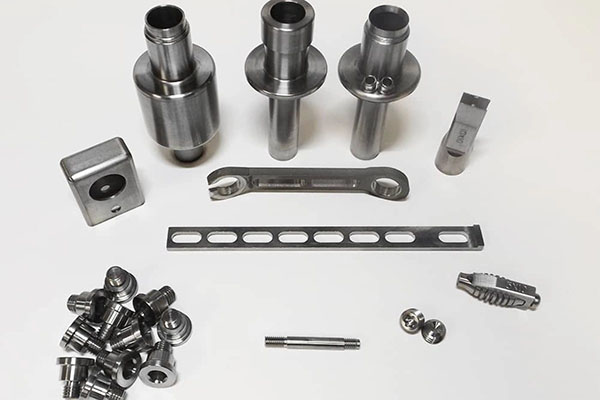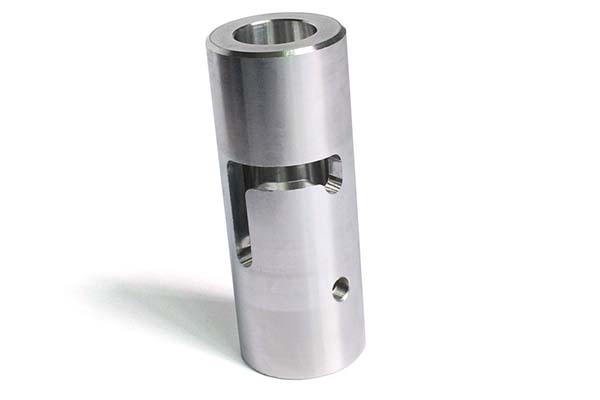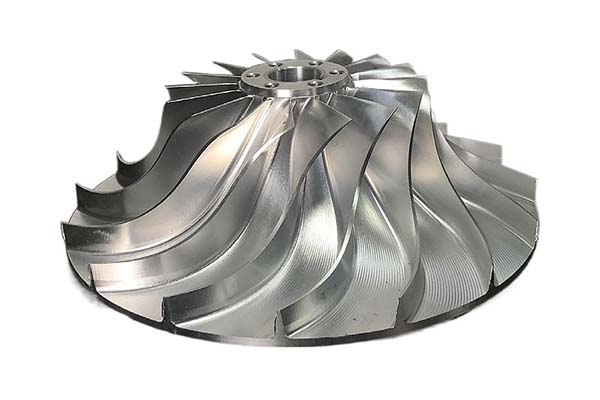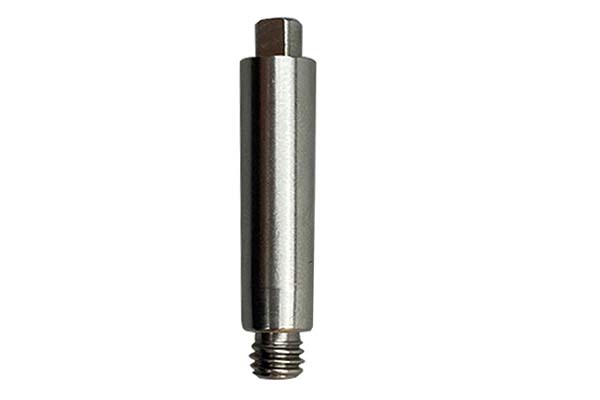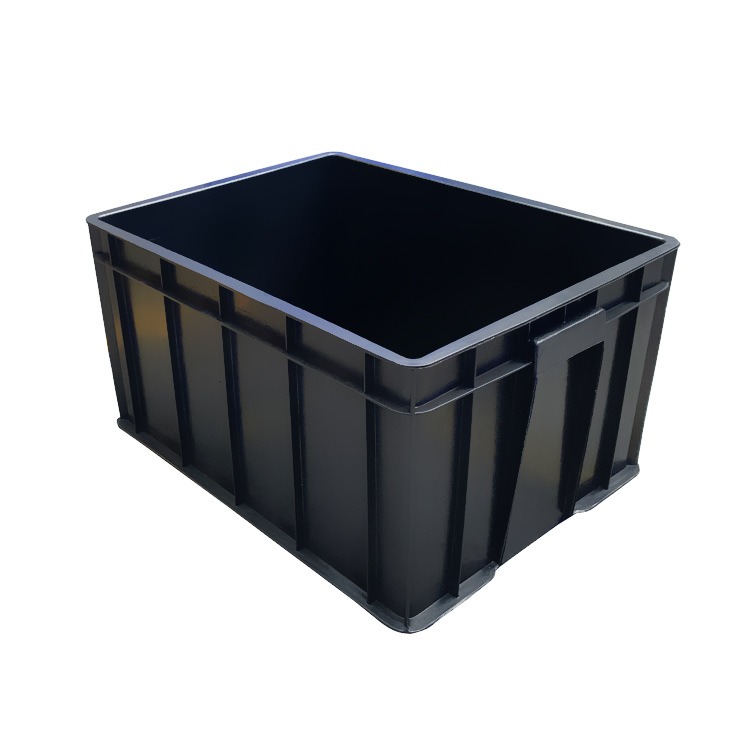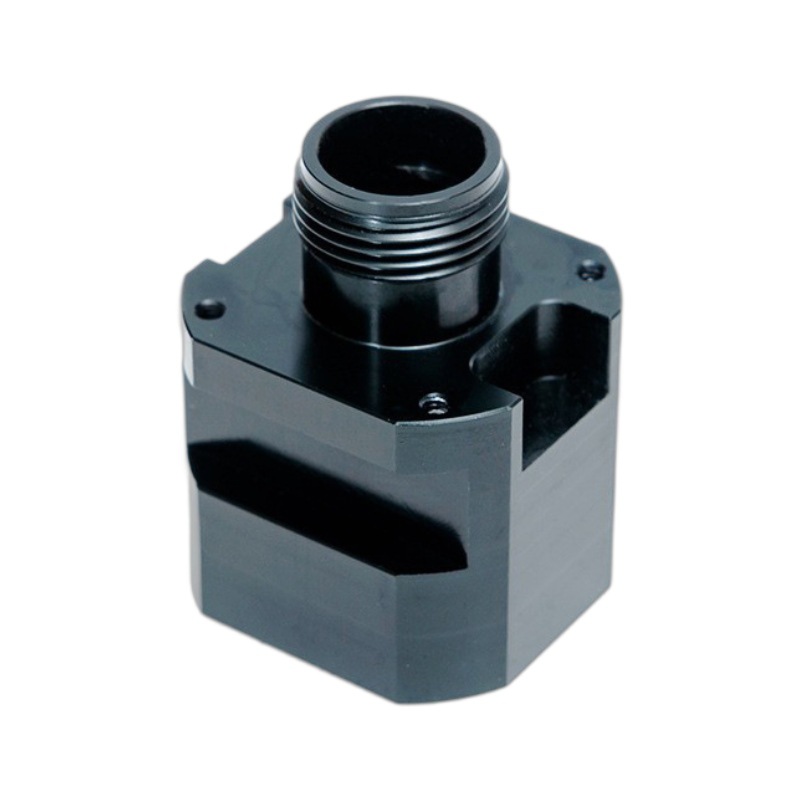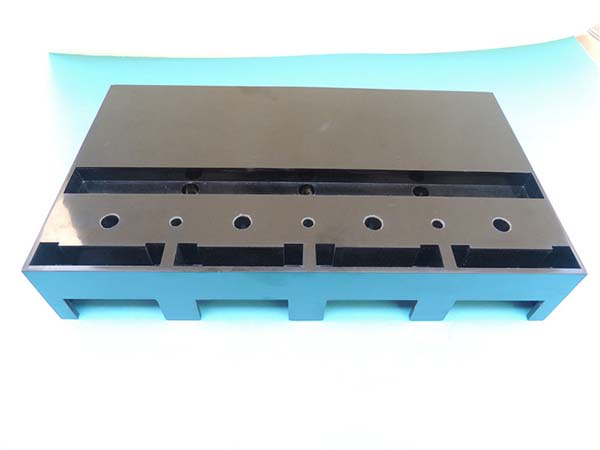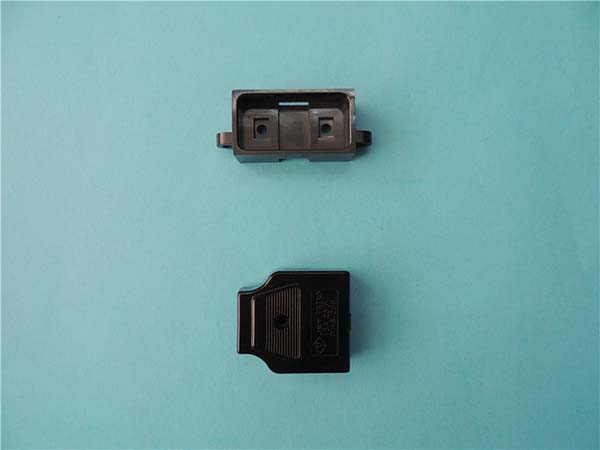Introduction to Rapid Prototyping
Definition and Importance
Rapid prototyping, also known as rapid manufacturing or 3D printing, refers to a group of techniques used to quickly create a scale model of a physical part or assembly using three-dimensional computer-aided design (CAD) data. This process plays a crucial role in product development, allowing designers and engineers to quickly create and test models of their ideas. Identifying potential issues early on enables the making of necessary adjustments before moving into full-scale production. This not only saves time but also reduces costs related to rework and errors.
Role in Product Development
In the product development lifecycle, rapid prototyping serves multiple roles:
- Conceptualization and Visualization: It transforms abstract ideas into tangible models that stakeholders can see and interact with.
- Feasibility Testing: Allows engineers to test the functionality, ergonomics, and aesthetics of the design.
- Iterative Design: Facilitates multiple design iterations, refining them based on feedback and testing results.
- Communication Tool: Helps communicate the design intent clearly to clients, investors, and other team members.
- Market Testing: Provides an opportunity to test the market’s response to the new product before committing significant resources to production.
Top Rapid Prototyping Options
3D Printing
Technology Overview
3D printing, or additive manufacturing, involves creating three-dimensional objects from digital files by successively adding material layer by layer. This technology has revolutionized rapid prototyping due to its versatility and accessibility.
Material Options
The range of materials available for 3D printing is extensive, including:
- Plastics (PLA, ABS, PETG): Commonly used for general-purpose prototyping.
- Resins: Used in SLA (Stereolithography) printers for high-detail models.
- Metals (Titanium, Stainless Steel, Aluminum): Suitable for functional prototypes and end-use parts.
- Composites: Materials like carbon fiber-reinforced polymers for enhanced strength and durability.
Applications
3D printing is widely used across various industries:
- Aerospace and Automotive: For lightweight components and complex geometries.
- Medical: Custom prosthetics, implants, and surgical guides.
- Consumer Goods: Rapid iteration of custom designs and small batch production.
- Education: Teaching tools and student projects.
CNC Machining
Process Description
CNC (Computer Numerical Control) machining involves using computer-controlled machinery to precisely cut materials into desired shapes. It is a subtractive manufacturing process, where material is removed from a block of raw material to create the final product.
Advantages and Limitations
- Advantages: High precision, ability to work with a wide range of materials (metals, plastics, wood), and excellent surface finish.
- Limitations: Can be expensive for complex designs, generates waste, and has longer lead times compared to some additive methods.
Typical Materials Used
- Metals: Aluminum, steel, brass, titanium.
- Plastics: ABS, polycarbonate, Delrin.
- Woods and Composites: Depending on the application.
Vacuum Casting
Casting Process
Vacuum casting, also known as urethane casting, is a process where liquid silicone rubber is poured into a master model (usually made via 3D printing or CNC machining) to create a mold. Once set, the silicone mold is used to cast multiple replicas of the part in urethane resin.
Material Compatibility
This method is ideal for producing medium-to-large quantities of prototypes with intricate details and good surface finish. It's compatible with a variety of materials, including polyurethane, epoxy, and silicone.
Industry Applications
- Automotive: Dashboard components, trim pieces.
- Electronics: Housings, enclosures.
- Consumer Goods: Toys, appliances.
Stereolithography (SLA)
How it Works
SLA is one of the earliest forms of 3D printing, utilizing a laser beam to solidify photopolymer resin layer by layer. The laser cures the resin, which then hardens upon exposure to light.
Accuracy and Resolution
SLA offers extremely high accuracy and resolution, making it suitable for detailed and intricate designs. The surface finish is typically smoother than other 3D printing technologies.
Cost Considerations
While SLA printers can be expensive, they provide superior detail and surface quality, making them cost-effective for applications where these factors are critical.
Choosing the Right Prototyping Option
Criteria for Selection
When selecting a rapid prototyping method, consider the following criteria:
- Material Properties: Ensure the chosen method supports the required mechanical properties, such as strength, flexibility, and heat resistance.
- Budget Constraints: Balance between cost-efficiency and the need for high precision or specialized materials.
- Time to Market: Faster turnaround times may be prioritized over cost savings depending on project deadlines.
- Complexity of the Design: Some methods are better suited for complex geometries than others.
- Volume of Parts Needed: For larger quantities, processes like injection molding might be more economical post-prototyping.
Conclusion
In conclusion, rapid prototyping plays a pivotal role in accelerating product development cycles by enabling quick iteration and testing. Each rapid prototyping option—3D printing, CNC machining, vacuum casting, and stereolithography—offers unique advantages tailored to specific needs and constraints. By carefully evaluating the criteria for selection, product developers can choose the most appropriate method to bring their innovative ideas to life efficiently and effectively.
